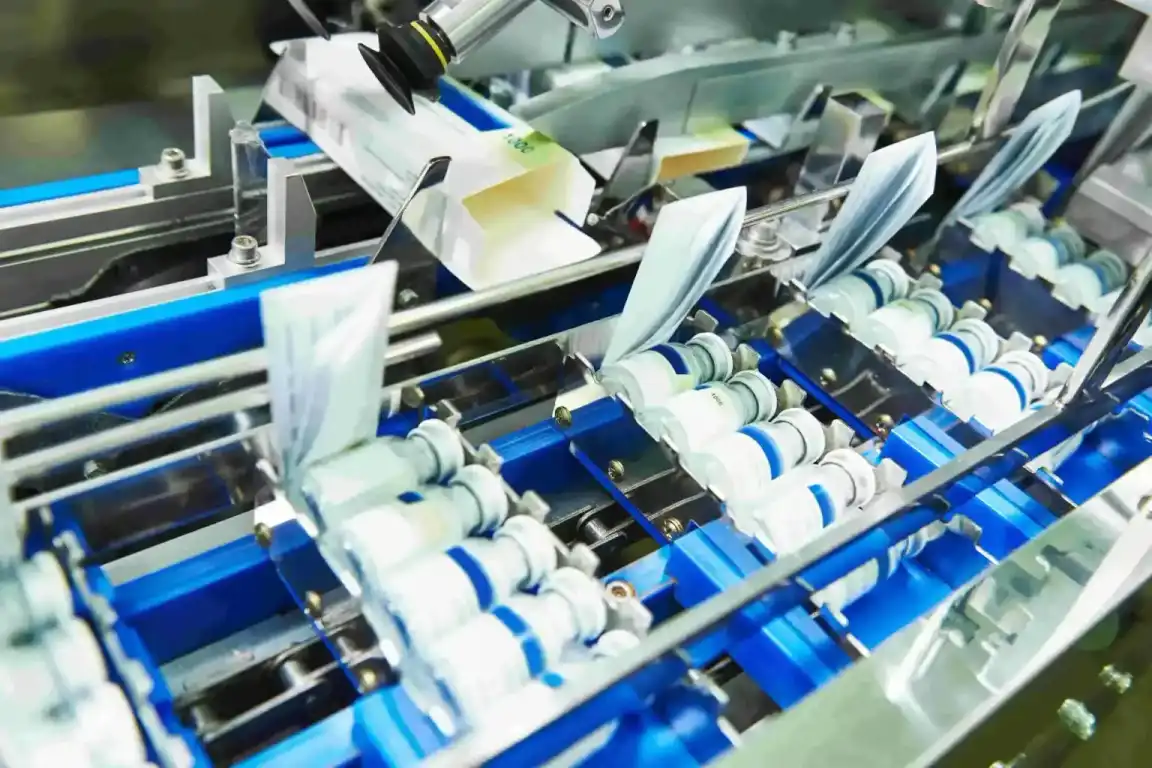
Packaging Automation with Hot Melt Dispensers
Packaging Automation with Hot Melt Dispensers

Packaging Automation with Hot Melt Dispensers
Packaging Automation with Hot Melt Dispensers
Advantages of Using Hot Melt Dispensers in Packaging Automation
Key Benefits of Hot Melt Dispensers in Packaging Automation
Faster Production – Ensures quick and efficient sealing of packages.
Stronger Adhesion – Provides durable bonding, reducing packaging failures
Reduced Material Waste – Precise application minimizes glue wastage
Cost-Effective – Lowers labor costs and improves energy efficiency.
Seamless Integration – Easily integrates with modern packaging machines for automated workflows.
Types of Hot Melt Dispensers for Packaging Automation
Types of Hot Melt Dispensers and Their Features
Features & Benefits:
Industries:
Features & Benefits:
Industries:
Conclusion: The Future of Packaging Automation with Hot Melt Dispensers
FAQ
What is hot melt adhesive and how does it work for packaging automation?
Hot melt adhesive is a type of thermoplastic adhesive that is melted and applied in a liquid state to bond materials together in packaging automation processes.
What are the benefits of using hot melt adhesive for packaging automation?
Hot melt adhesive offers fast bonding, high strength, versatility in application, and environmental benefits as it does not contain solvents.
Is hot melt adhesive suitable for all types of packaging materials?
Hot melt adhesive can bond a wide range of materials including cardboard, paper, plastics, and some metals, making it versatile for various packaging applications.
How can I ensure proper dispensing and application of hot melt adhesive in my packaging automation system?
Investing in quality equipment and regular maintenance to control temperature, pressure, and speed settings are key factors to ensure proper dispensing and application of hot melt adhesive.
Are there specific safety considerations when working with hot melt adhesive in packaging automation?
Safety precautions such as wearing protective gear, ensuring proper ventilation, and following manufacturer guidelines for handling hot melt adhesive are important to prevent accidents or injuries.
Can hot melt adhesive be used in food packaging applications?
Yes, there are food-grade hot melt adhesives available that comply with FDA regulations and are safe for use in food packaging applications.
How does hot melt adhesive compare to other types of adhesives like water-based or solvent-based adhesives?
Hot melt adhesives have advantages such as faster curing time, higher bond strength, and lower environmental impact compared to water-based or solvent-based adhesives.
What should I consider when choosing the right hot melt adhesive for my specific packaging automation needs?
Factors such as material compatibility, application temperature requirements, bonding strength needed, production speed, and cost considerations should be taken into account when selecting the appropriate hot melt adhesive for your packaging automation system.
Mahisa Packaging Systems LLP
Office Address :
Service & Spares :
Sales Inquiry :
Sales phone: +91 98210 49426
+91 84510 70625
+91 72089 76891
Sales email: sales@mahisa.com
Social Links :
Need Help? Chat with us